Leading wicket-takers: Why fast bowlers are all the rage again in world cricket
Only four years ago, there were four spinners in the top seven Test wicket-takers for the year - but a fast bowling revolution is upon us. And the modern-day Dennis Lillee is leading the charge.
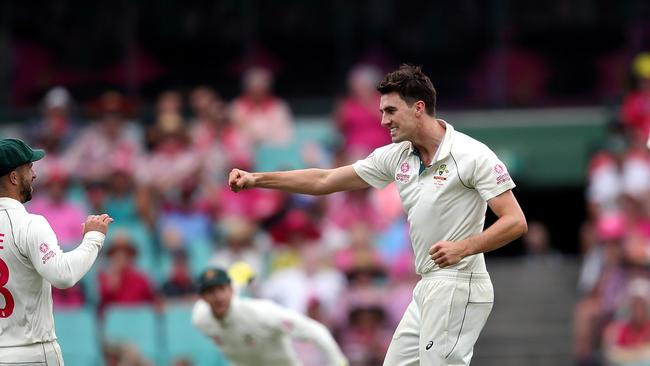
Cricket
Don't miss out on the headlines from Cricket. Followed categories will be added to My News.
When Rodney Hogg switched on his television and watched Pat Cummins make his Test debut he thought “there’s Dennis Lillee’’.
It wasn’t just what he was doing that caught the eye of the former Test quick - it was where he was doing it.
“Johannesburg can be a really tough place to bowl as a fast bowler because its high above sea level and you struggle to breathe,‘’ Hogg said.
Watch the 2020/21 Marsh Sheffield Shield LIVE on Kayo. New to Kayo? Get your free trial now & start streaming instantly >
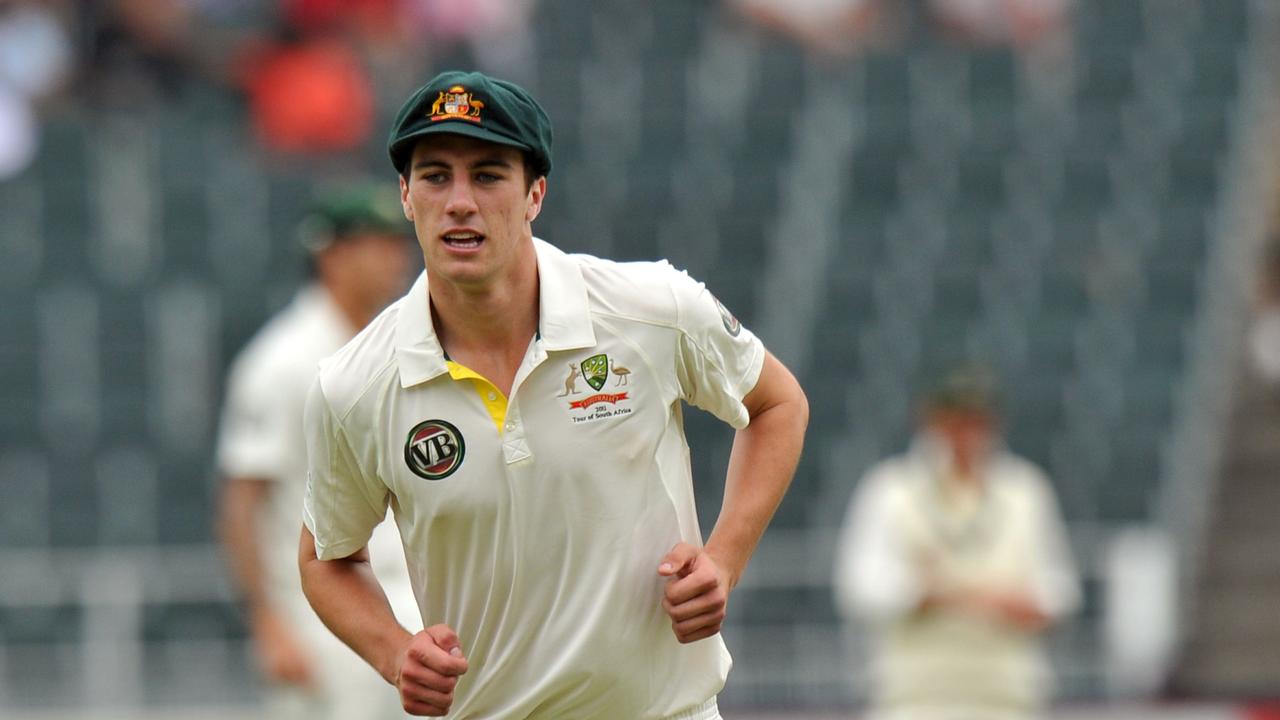
“I remember breaking down there on the Australia rebel tours after a few overs because I could barely breathe and a similar thing happened to our other quicks.
“And here’s Cummins at age 18 bowling 29 overs (taking 6-79) and looking so strong. He was a machine.’’
MORE CRICKET NEWS
NEXT GEN: Meet the 23 best cricketers from around the country
PRESSURE: Why Aussie greats fear for Test cricket’s next big thing
He was indeed. For a while. It would be six years before Cummins played another Test after his stunning matchwinning performance against South Africa in 2011 as his growing body buckled and broke under the strain of his craft.
But now the machine is purring on all eight cylinders and he has taken just six fewer wickets than Lillee after both had played 30 Tests.

Cricket’s most fragile quick has become its most formidable.
And not by chance. Test cricket is being populated by a generation of quicks, who, like Cummins, are physically more reliable than they used to be because every year more is known about what makes them tick.
Spinners may be dominating white ball cricket but of the top 15 bowlers in the Test wicket-takers list last year, Nathan Lyon was the only slow bowler, coming in second place with 45 wickets behind Cummins (59).
Only four years ago there were four spinners in the top seven but the fast men are having their say now amid all sorts of exotic tales of relentless endurance and longevity,
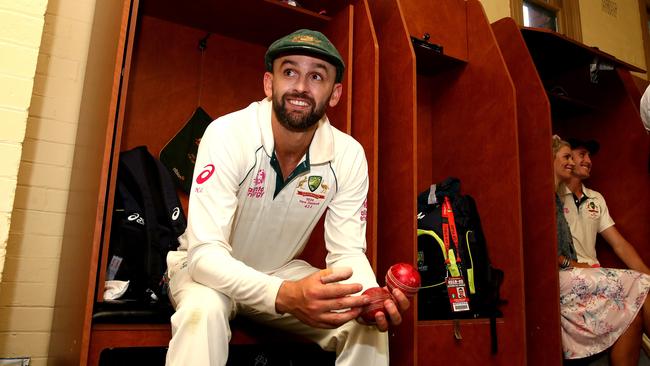
England’s tireless Jimmy Anderson has somehow managed to bowl beyond his 38th birthday, Stuart Broad has huffed and puffed his way to 143 Tests and New Zealand’s Neil Wagner is so fit he can bowl outrageously long spells crammed with the short balls that might normally break a man’s back.
Greats such as Courtney Walsh and Richard Hadlee had their own ways of keeping fit by bowling “around the clock’’ but the change between new and old fast bowling worlds now starts the instant the teams walk into a dressing room after stumps.
MORE CRICKET NEWS:
ANALYSIS: What the IPL tells us about Australia-India Test series
WATTO: Why Ponting was my best Test skipper
Jason Gillespie summed it up with “when I started they put beers on ice at the end of the day, now it‘s the fast bowlers’’ and Hogg insists the point should not to be underestimated.
“They are not having a dozen beers after stumps like we did,” said Hogg.
“They jump in an ice bath so they have to be better prepared.”
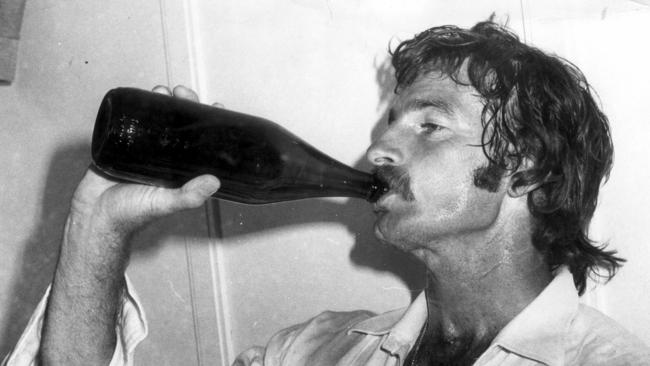
But it is more than that.
“Computers have given them a better chance of finding out a batsman‘s weakness. We just went on gut feelings. You had to be streetwise because, unlike today, there were no coaching staff.’’
Sports science has played a key role in preparing the modern fast bowler, from logging sleep patterns, to recommending how much and how often they bowl in the nets to predicting “hot spots’’ before they happen.
The research has polarised the cricketing world.
Many quicks say the best way to condition yourself for bowling is to bowl – a lot - just as Lillee, Hadlee and Wasim Akram did before them and point to stats which say Graham McKenzie bowled more balls in a year 50 years ago that ultra-prepared quicks do today - and it never hurt him.
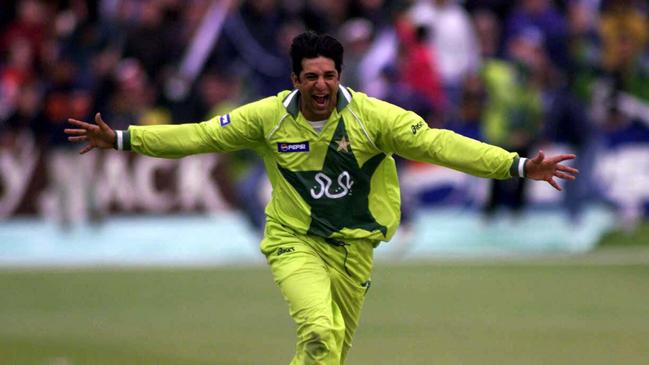
But Victorian coach and former Test batsman Chris Rogers says modern research demands to be listened to.
“We have come such a long way in how we prepare fast bowlers,’’ said Rogers.
“It is like preparing for a marathon. You don’t just go out and do it. You have your peak weeks and then you back off. It is about building an individual plan for each of them.’’
Never again will cricket have days like when the exceptional but injury-prone quick Bruce Reid would turn up with a sore back to Western Australia’s opening 10km fitness run of the season and break down doing it “because everyone had to do it.’’
No team has a more contrasting story regarding the status of fast bowlers than the Indian team that arrives in Australia this week.
When India’s champion all-rounder Kapil Dev was a teenager he famously asked for a second helping of food at a training camp “because I am a fast bowler and need more fuel,’’ only to be refused because “we don’t have fast bowlers in India.’’
The quote drove him onwards but the world has changed to the point where India will arrive with a fast bowling arsenal including three fast bowlers, including the exceptional Jasprit Bumrah who averaged less than 20 per Test wicket last year.
In bygone eras you normally found the Indian bowlers sharing a match eve dinner at the best curry house in town. These days they just as likely to be eating sushi together.
Virat Kohli has made fitness cool. No longer is it about running laps but about lifting serious weights and it’s come at the perfect time when Indians were more confident and keen to flaunt their bodies, on social media.
Style and substance. They have both. Australia beware.
Originally published as Leading wicket-takers: Why fast bowlers are all the rage again in world cricket



